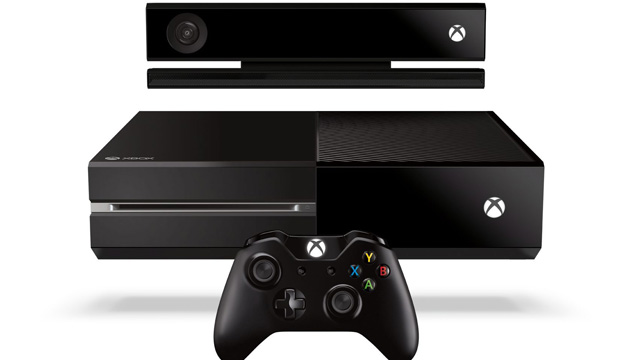Sweet touch. You've almost convinced me I'm real. I need something more... I need something more.
I recently bought the new Nexus 7. I can say without a doubt
that I love it. It’s perfect for extended online messaging, web browsing
without having to sit into front of the desktop, and light gaming. Yes, light gaming. This is my first tablet and was somewhat
of an experiment over whether it could satisfy my gaming needs. The truth is of
course that tablets, as with any touch screen device is a poor substitute for
gaming.
It’s almost surprising how important buttons, triggers and
keys are. We've grown accustomed to the notion that new technology equals
improvements. Let’s face it, touch screens are now huge. They exploded after
Apple unleashed the first iPhone to the world. Ironically Steve Jobs reportedly
thought little of games, which subsequently became the largest market on the
Apple Store. Many games are perfect for the touch screen though. A couple of my
favourites are Super Stickman 1 & 2, Stick Tennis and the ultimately
frustrating Super Hexagon. If you are familiar with such games you will know
that they employ very simple controls (pitch left, right, and potentially
requiring 1-2 taps). To my delights I downloaded Sonic for a bargain price.
However enjoyable it is inevitably I tap, miss the ‘buttons’ and rings fly everywhere.
This isn't an issue with physical buttons.
It is almost bemusing that touch screen should have a relatively
short lifespan. If it wasn't obvious already the next stage is motion
technology. Once developed we will see the rapid disappearance of touch
screens. Kinect on Xbox is great to swipe around on the menu. Then there’s the
much spoken about Leap Motion. The small device (at only $80) can track all
your fingers which allows incredible dexterity. Despite this, Edge Magazine
have struggled to find games which make use of this device (#258). Anyone who
has an Xbox equally reaches for their gaming pad when loading up a game rather
than comfortably relying to Kinect.
At the end of the day, physical controls are too useful when
gaming. In a typical console or PC game we make use of at least 60% of our
fingers (thumb, index finger and middle finger), and those accustomed to the
keyboard naturally have their pinky on the shift key and ring finger on ‘A’. As
exciting devices such as Kinect are, they are only good for large swiping
gestures which is no different to touch screen games. Even once you track all
fingers such as Leap Motion achieves, the camera needs clear sight of each
finger, which means you can’t rest your hands comfortably on the table.
Despite the last paragraph, I do believe motion technology
will eventually usurp physical controls. However given how deeply routed mouse
& keyboards and pads are in gaming culture, plus the very slow development
of motion technology, we won’t be seeing anything truly successful for the next
10 years. All said and done, it won’t be long until motion takes over touch
screen laptops and tablets. Swiping the air and flicking your finger towards
the app you want to open is simple stuff really. It is less effort that having
to press the screen, and ultimately anything which requires less effort which
achieves the same result is the victor.
For our ‘hard core’ games which require twitch reflexes
however, motion tracking just can’t handle both the pressure of finger presses and
the comfort of extended gameplay which is required. Even Microsoft who have
tried so hard to push Kinect have put a lot of development and resources into the Xbox One control pad. Ten years from now however… time will tell. For now, let’s
stay old school and stick with what allows us to stay in control.
Before I wrap it up, I'll leave you with this classic picture found in every Psychology textbook. It's a fairly accurate picture of how the body is represented when mapped out in the brain. This goes to show how important our cognitive processes rely on sensory inputs from our hands and fingers. You also know why kissing feels so good... ahem.
 |
| You da man |








